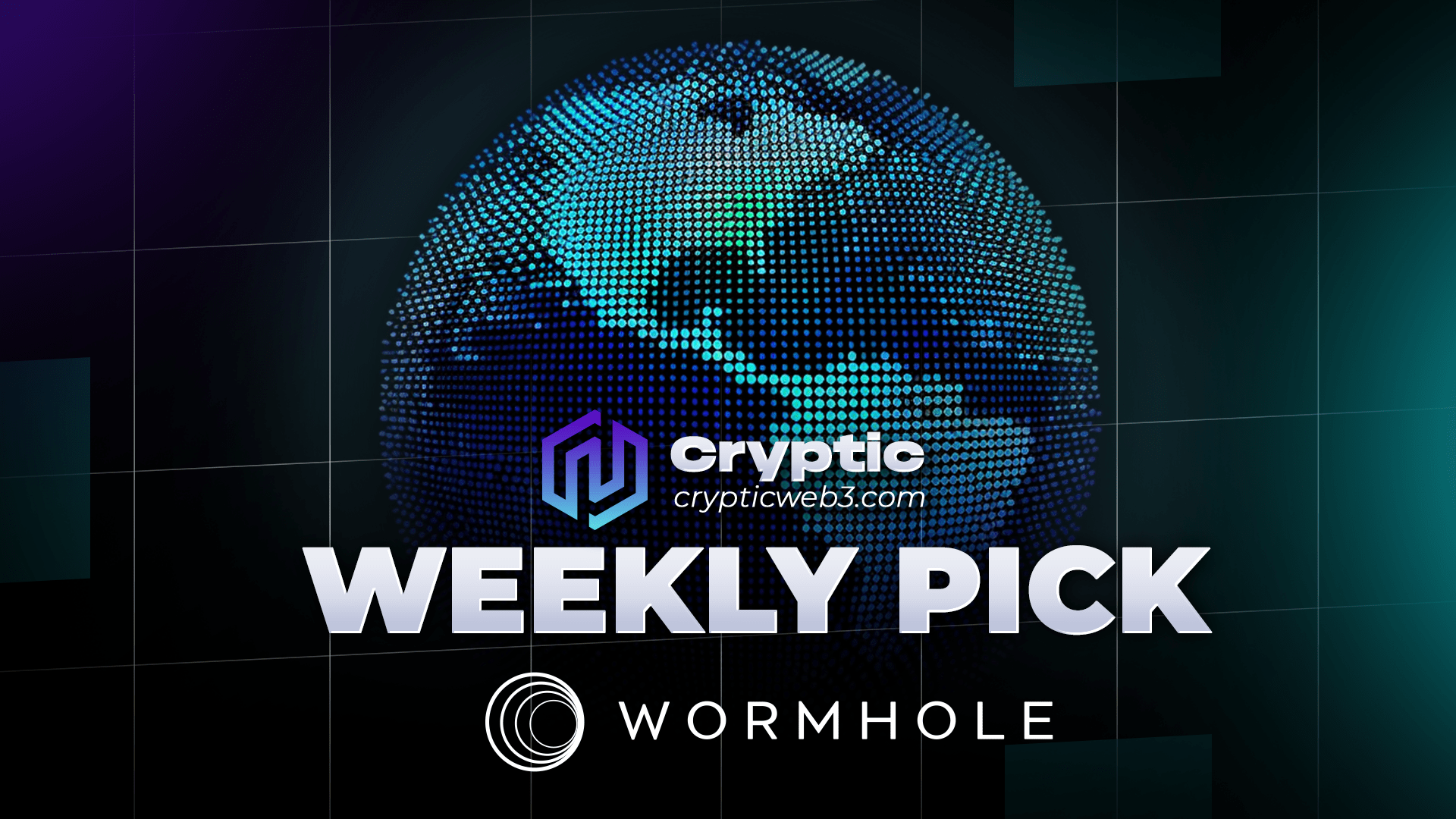
Wormhole is the leading interoperability platform powering multichain applications and bridges at scale. The platform is designed to connect different blockchains, allowing for the secure and efficient transfer of data and assets. Individual blockchains like Ethereum and Solana are not inherently compatible with each other. Imagine Wormhole as a series of highways connecting cities, where each city represents a distinct blockchain ecosystem.

How did Wormhole get started?
In 2020, Wormhole introduced the first-ever general messaging protocol, with the original goal of connecting Ethereum and Solana. At the time, Wormhole was the only way to transfer assets between Ethereum and Solana at scale. By facilitating interoperability between the two chains, Wormhole played a key role in growing the Solana ecosystem — even co-hosting the first-ever Solana Hackathon in October 2020, called the Solana Wormhole hackathon.
Who uses Wormhole?
Since connecting Solana and Ethereum in 2020, Wormhole has become the leading interoperability platform. Wormhole’s modular suite of open source, permissionless protocols and tools are being used by the multichain builders of over 200 applications and more than 1 million unique wallets to move various types of data across 30+ blockchains. The platform has handled over 1 billion multichain messages for applications and is trusted by teams like AMD, Uniswap, Circle, Lido, Synthetix, Pyth, Pancakeswap, Jupiter, Backpack, and more. In 2023, the Uniswap Foundation’s Bridge Assessment Committee conducted a third-party multi-month study that resulted in a report showing Wormhole rated #1 and the only unconditionally approved interoperability protocol for use by the Uniswap DAO, a study based primarily on security and decentralization practices.
Who maintains Wormhole?
The Wormhole platform is being developed by a decentralized set of teams that contribute to security, engineering, research, product development, ecosystem growth, and community. These teams include Wormhole Foundation, xLabs, Wormhole Labs, and Asymmetric Research, as well as other contributors like Wormhole China, Superteam, ZK engineering teams like Lurk, Zpoken, and Succinct, among others.
What technology powers Wormhole?
In the traditional blockchain development paradigm, applications are often confined to their native ecosystems, limiting their functionality and interaction capabilities. Wormhole breaks down these boundaries, offering developers a solution for creating applications that operate seamlessly across multiple blockchains. These solutions are primarily facilitated by Wormhole’s foundational Messaging protocol, which allows for the secure transfer of arbitrary data between blockchains.
Wormhole prioritizes the safety and integrity of cross-chain communications and multichain development by leveraging proven technology and decentralized validation via the Guardians, a decentralized network of 19 validator nodes that ensures message integrity and security. Every aspect of Wormhole is fully open source and can be viewed in the Wormhole Foundation Github. Anyone interested in seeing a visual representation of multichain activity being enabled by Wormhole is encouraged to visit Wormholescan.
How is Wormhole evolving?
Wormhole is committed to building a future-proof, decentralized ecosystem. Its mission extends to enhancing the multichain developer experience through improved software development kits (SDKs), tooling, and documentation, alongside pioneering new messaging pathways with zero-knowledge (ZK) proofs for trustless authentication. Introducing the Wormhole token (W) has further decentralizes governance and enhances utility, marking a new chapter in Wormhole’s journey as it continues to lead at the forefront of Web3’s infrastructure.
How does Wormhole Work?
While Wormhole comes packed with some of the most remarkable features for users, the native token bridge remains its most potent and well-known characteristic. The Wormhole Token Bridge facilitates the trustless and permissionless transfer of virtual assets across different Layer1 blockchain channels. So, how does Wormhole manage all this? Let’s dive into this exciting topic.
-
Protected by Validator Nodes or Guardians
The Wormhole ecosystem is secured and controlled by a group of mindfully hand-picked validator nodes, often called guardians. The guardian nodes check the activities taking place on the chains to ensure the security of transactions. The guardian nodes include famous names such as the world’s biggest staking platform, Everstake.
After making a transfer request, the guardians verify it and lock the portal’s native tokens in a smart contract. Further, the system mints an equivalent number of tokens as a wrapped asset on the destination chain. Each bridging trade involves a transaction fee and the gas fee for the sender and the destination chain.
Presently, the Wormhole ecosystem uses the V2 bridge version that is created on top of the Wormhole Core Layer. It is not considered a part of it. The solution is fully decentralized as the core layer and works as the primary token bridge for Solana and Terra. The Wormhole bridge has over $1 billion in TVL and provides necessary support to NFTs.
The process:
- Send the message to the Wormhole ecosystem
- The Guardian nodes scrutinize the transaction
- Within seconds, the nodes manage to reach the Quorum
- The Guardian nodes make the attested message publicly accessible
- Access the message on the destination chain
What makes Wormhole Different?
-
Support for multiple blockchains
Wormhole strives to enhance its operations by allowing its ecosystem to support a wide range of blockchain channels. The seamless access to multiple decentralized systems helps users gain exposure to several DeFi protocols without clinging to centralized exchanges.
For example, traders can transfer their ERC20 assets from Ethereum to other chains to quickly access the DeFi solutions therein. This allows investors from other blockchains to enter Ethereum’s burgeoning DeFi ecosystem. Wormhole is a goodie bag for those who find themselves in a tough spot seeing Ethereum’s high gas fees. The support for Solana and Terra blockchains makes Wormhole a potent option for investors planning to explore the fast-growing Defi cluster.
-
Cross-chain bridging for NFTs
Non-Fungible Tokens have emerged as the hottest trendsetter in the financial space. During the third quarter of 2021, we saw a tremendous surge in the popularity and craze for NFTs, especially amongst young investors and global celebrities. Wormhole blockchain allows traders to move their NFT assets between multiple blockchain networks without issue. This Wormhole feature makes it stand out from other token bridges that do not support the bridging of NFTs.
-
Easy Development of DApps
The robust infrastructure of the Wormhole platform supports DApps created on top of it. Developers can adopt a protocol-first design initiative and utilize the best features of individual blockchains. For example, one can use Solana for confirming transactions to enjoy low transaction charges and still choose Ethereum as the final settlement layer to seek the high-end security of the ecosystem. Furthermore, Wormhole helps developers to use Layer1 solutions as Layer2 solutions easily. The portal helps creators design multi-chain DEXs, digital wallets, or multi-chain DAOs.
Conclusion
Created to resolve the existing challenges of the crypto world, the Wormhole blockchain is a powerful solution for investors looking to unleash the full potential of the fast-growing industry. The platform helps users move their assets across blockchains, develop DApps, and innovatively access DeFi solutions. Wormhole is a simple, user-friendly, and highly interactive blockchain channel that promises to cater to the requirements of investors. In addition, the ecosystem offers access to powerful tools and services for bridging purposes.



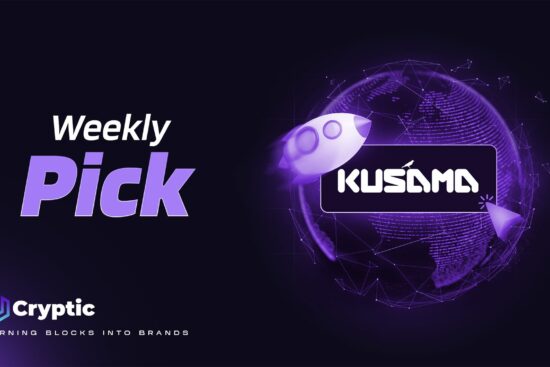
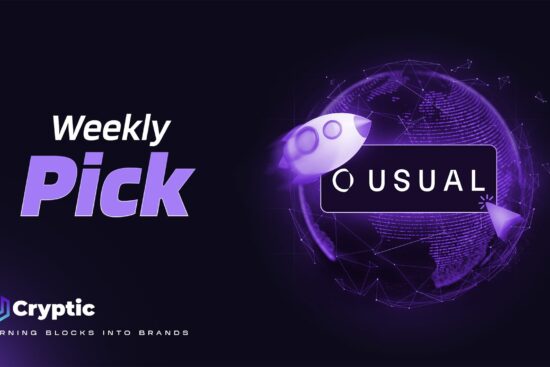
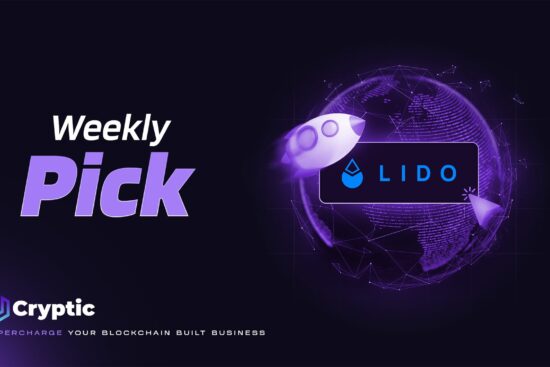
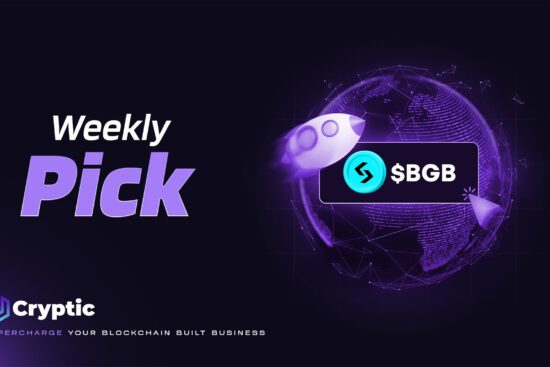
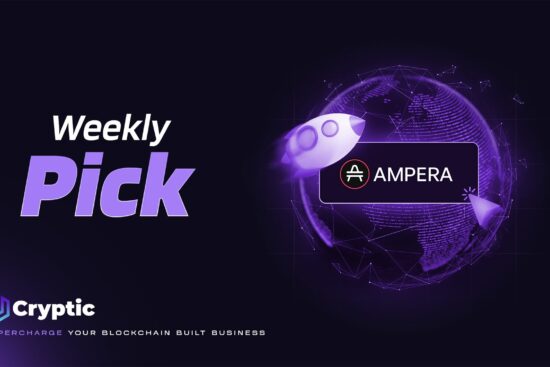
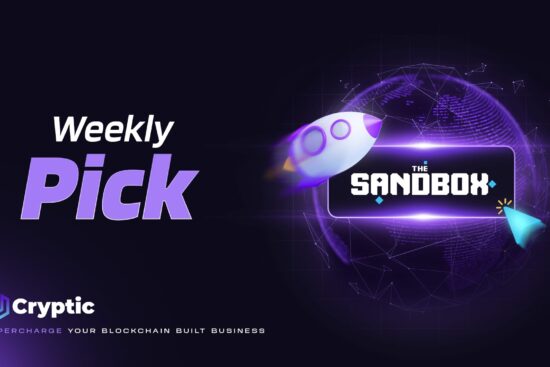
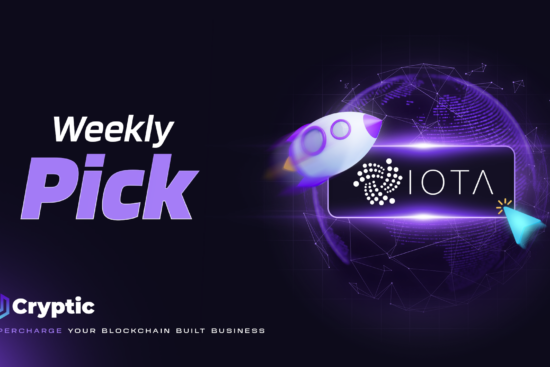
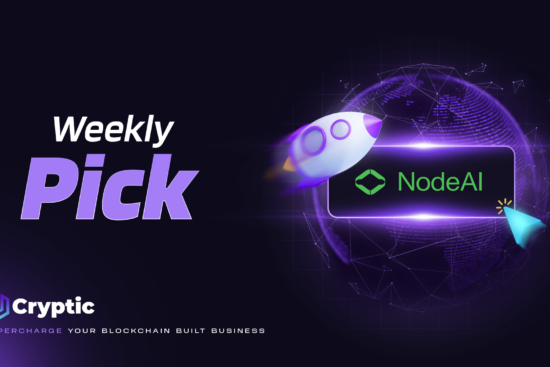
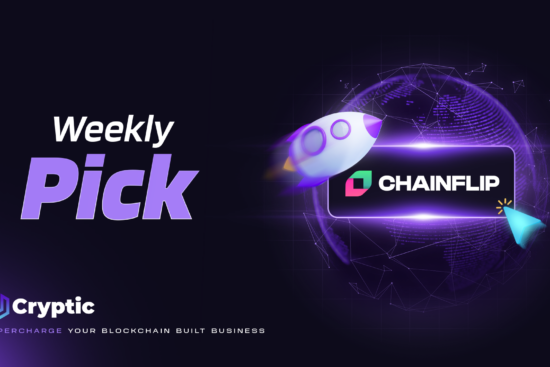
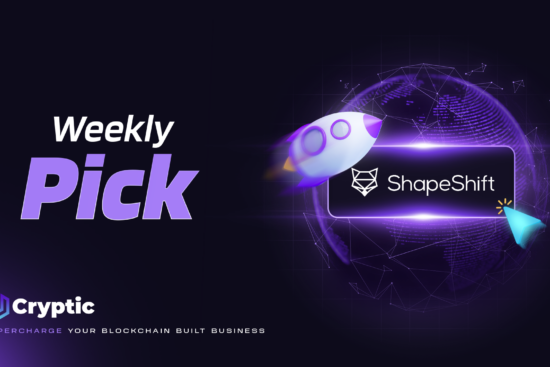
Leave a Reply